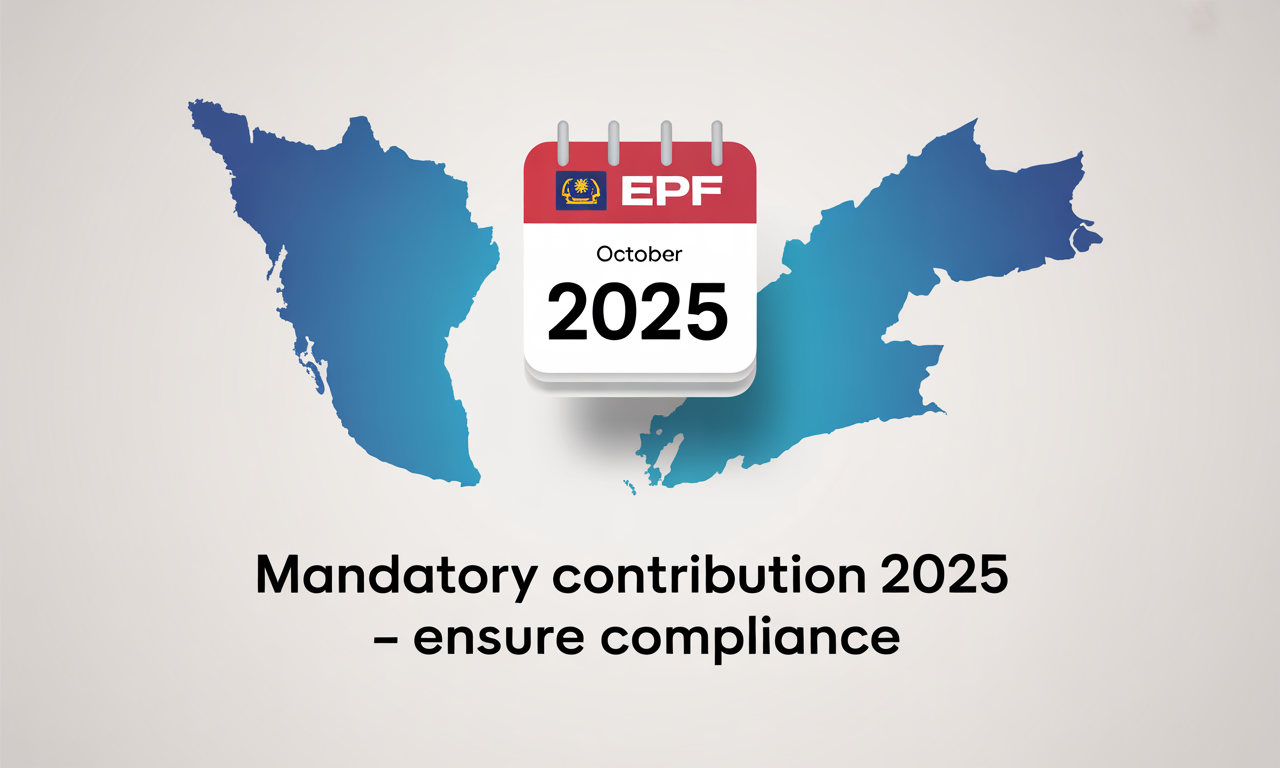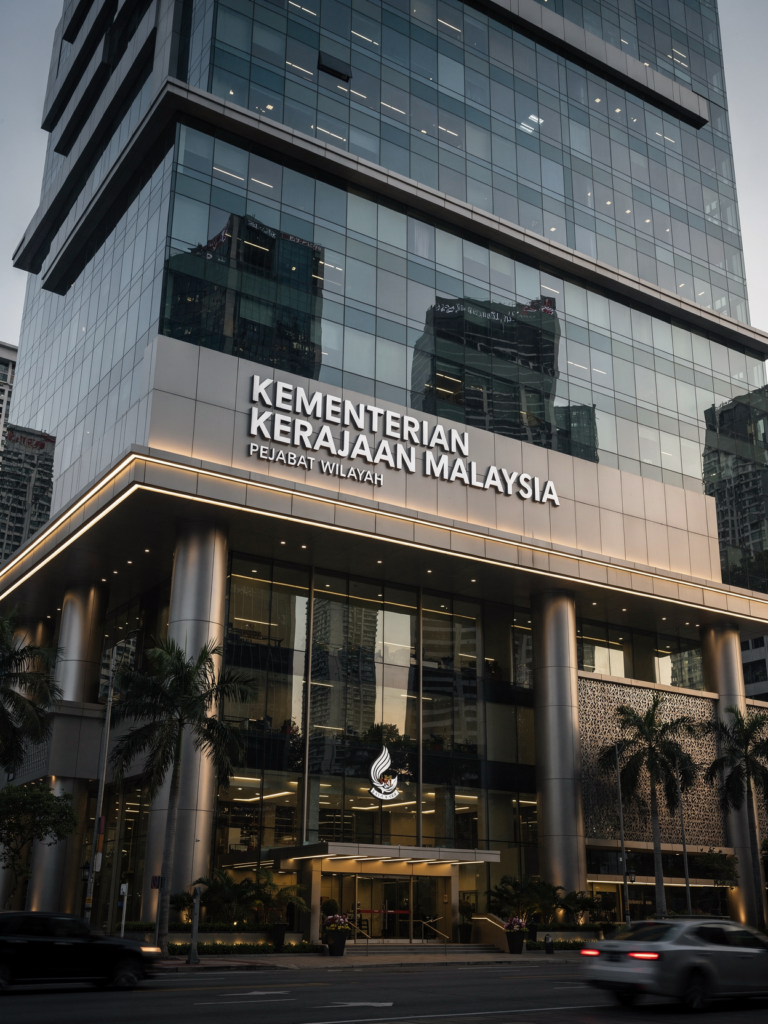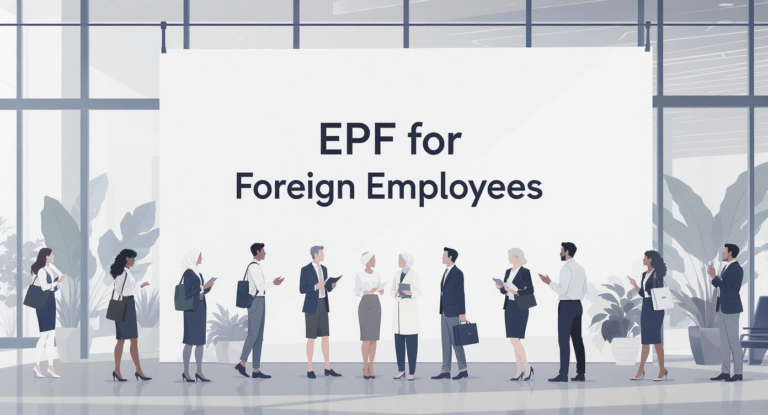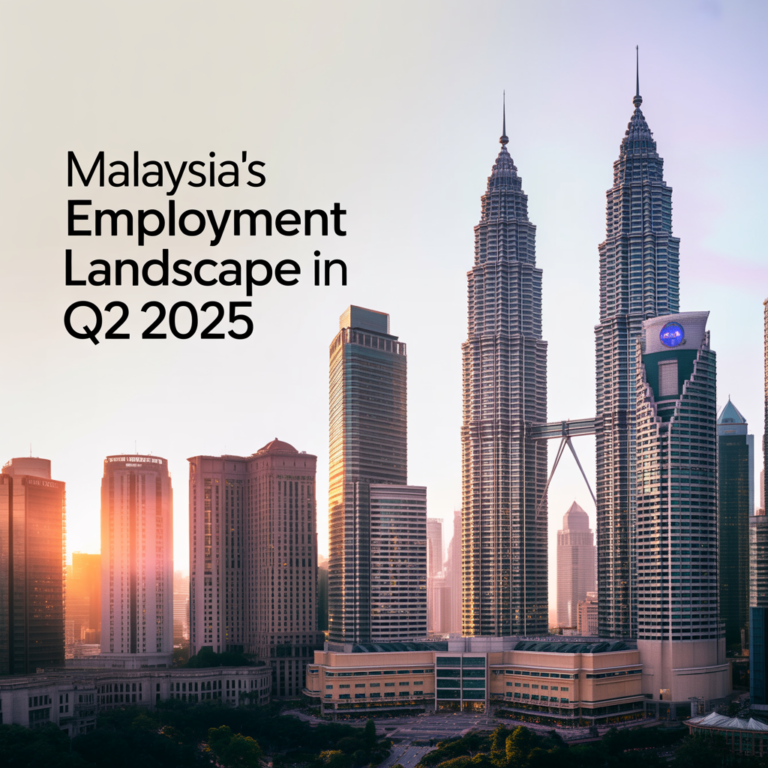What HR must do by 1 October 2025?
From 1 October 2025, employers face a new EPF duty for non-Malaysian employees holding valid work passes. This comprehensive guide provides HR professionals with everything needed to ensure compliance whilst maintaining operational efficiency.
Understanding who contributes, the applicable rates, critical deadlines, and registration processes is essential for seamless implementation. This new requirement affects all employers with non-Malaysian staff, making proper preparation crucial for avoiding penalties and maintaining audit compliance.
Who is liable to contribute

The eligibility criteria are straightforward but must be carefully verified for each employee. HR departments should maintain accurate records of work pass validity and employee ages to ensure proper compliance. Regular audits of employee status will help identify any changes that might affect EPF contribution obligations.
It’s crucial to keep “valid work pass” explicit in all documentation to align precisely with EPF wording and avoid any compliance issues during audits or inspections.
Registration start date
The registration start date of 1 October 2025 is firm and non-negotiable. Employers must not begin registration processes prematurely, as EPF systems may not be ready to process applications before this date. Equally important is avoiding missed setups that could result in compliance failures.

EPF’s commitment to streamlining registration processes should reduce administrative burden, but employers must remain vigilant about following official timelines and procedures. The notification system will provide crucial updates on registration status, helping HR departments track progress and ensure all eligible employees are properly registered.
Preparation activities can begin well before October, including identifying eligible employees and configuring payroll systems, but actual registration must wait for the official start date.
How much to contribute

Important: Employers pay both shares to EPF. The employee share may be deducted from salary as per standard EPF practices.
The contribution structure mirrors standard EPF arrangements, with equal 2% contributions from both employer and employee. This creates a total 4% contribution to the employee’s EPF account, providing meaningful retirement savings benefits.
From an operational perspective, employers handle the entire payment process to EPF, then recover the employee portion through salary deductions. This streamlined approach reduces complexity whilst ensuring compliance with EPF requirements.
Deadline every month

Payment Rule: Pay in ringgit amounts only without cents. All contributions must be submitted on or before the 15th of the following month.
The monthly payment cycle follows a clear pattern: contributions for any given salary month must be paid by the 15th of the following month. This timeline provides employers with sufficient processing time whilst ensuring EPF receives contributions promptly.
The example above removes ambiguity and helps payroll departments schedule their cut-offs effectively. By understanding that November salary generates December contributions due by 15 December, HR teams can establish reliable monthly routines.
Currency requirements are strict – payments must be in whole ringgit amounts without cents. This may require rounding calculations in payroll systems, so proper configuration is essential to avoid payment rejections.
Quick Answers
Domestic Workers
Q: Does this include domestic workers?
A: No, domestic workers are specifically excluded from EPF contribution requirements.
Early Start
Q: Can we start earlier than 1 October 2025?
A: EPF is streamlining processes for automatic registration and status notifications. Follow official guidance and timelines.
Payment Responsibility
Q: Who actually makes the payment?
A: Employer pays both shares to EPF and may deduct the employee share from salary.
These frequently asked questions address the most common concerns raised by HR professionals during initial briefings. The answers are deliberately concise and aligned with official EPF language to ensure consistency and accuracy.
The domestic worker exclusion is particularly important as many employers have mixed workforce compositions. A clear understanding prevents unnecessary administrative burden and compliance confusion.
Timing questions reflect natural eagerness to begin compliance activities, but adherence to official timelines is crucial for successful implementation. EPF’s streamlining efforts will benefit employers who follow prescribed processes.
Contribution Rates Overview
Understanding the correct EPF contribution rates for non-Malaysian employees is critical for compliance. The rates vary based on residency status, the date of EPF membership, and the employee’s age. This table provides a clear overview of the required employer (EM) and employee (EP) shares.
| Employee Category | Below 60 Years | 60 Years & Above |
| Non-Malaysian citizens who are Permanent Residents in Malaysia | Remain status quo → EM: 13% or 12%, EP: 11% | Remain status quo → EM: 6.5% or 6%, EP: 5.5% |
| Non-Malaysian citizens who became EPF members before 1 Aug 1998 | Remain status quo → EM: 13% or 12%, EP: 11% | Remain status quo → EM: 6.5% or 6%, EP: 5.5% |
| Non-Malaysian citizens who became EPF members after 1 Aug 1998 | EM: 2%, EP: 2% | EM: 2%, EP: 2% |
Footnote: EM = Employer Share, EP = Employee Share
It’s important to note the distinction for those who became EPF members after 1 August 1998, as they are subject to a lower, uniform contribution rate of 2% for both employer and employee shares, regardless of age. For other categories, the “status quo” indicates that they follow the standard rates applicable to Malaysian citizens. Employers must accurately classify their non-Malaysian employees to ensure precise and compliant EPF contributions, avoiding penalties for under- or over-contributions.
All information in this guide is based on official EPF guidance for non-Malaysian employees. Employers should always verify details against the latest EPF circulars and employer portal updates to ensure compliance with current requirements.
EPF regulations and procedures may be updated periodically, making it essential to monitor official communications and guidance documents. Regular checks of the EPF employer portal will provide the most current information on registration processes, contribution rates, and payment procedures.
This reference link provides direct access to authoritative information and should be bookmarked for ongoing reference. The EPF website contains detailed guidance, forms, and updates that supplement this overview.

Contact Us
Kanry’s comprehensive approach transforms complex compliance requirements into manageable, systematic processes. Our expertise ensures your organisation remains audit-safe whilst maintaining operational efficiency and cost-effectiveness.
Let’s simplify the complex. Contact us to:
- Get a tailored HR compliance assessment
- Clarify your EPF obligations for foreign employees
- Streamline your payroll and registration setup
- Ensure you’re audit-ready before 1 October
Let’s make compliance your competitive advantage.




